NASA spacecraft encountered unknown structures surrounding the solar system
New Horizons is one of NASA's spacecraft operating furthest from Earth, heading toward the border of the solar system.
Over the past few years, the spacecraft has passed through the giant Kuiper Belt located at the outer edge of the solar system, a structure that begins beyond the orbit of Neptune (about 30 astronomical units - AU). One AU is equal to the distance between the Sun and the Earth.
This belt contains countless icy bodies, collectively known as trans-Neptunian objects.
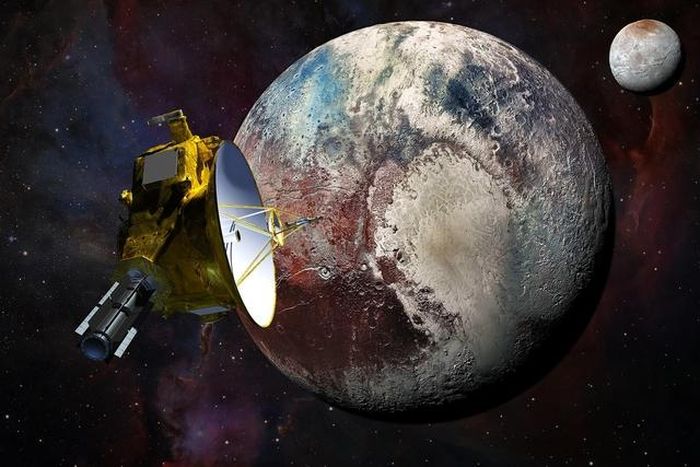
For a long time, people thought that the Kuiper Belt was the outermost structure of the solar system. However, the results of measuring the amount of dust that New Horizons has encountered over the past few years have just caused NASA to come to an unexpected conclusion.
EarthSky newspaper quoted Science Director Alan Stern of the News Horizons mission, saying that this NASA spacecraft had found evidence of an "expanded Kuiper Belt", or possibly a "second Kuiper Belt", still lying. in front of.
Therefore, after interesting discoveries about extra-Neptunian objects such as the famous double asteroid Arrokoth, this NASA ship promises to help humanity record more images of more distant objects.
Most importantly, the evidence it collected about the new belt of objects suggests that the structure of the solar system may be more complex than we thought, with a new ring even larger than the giant Kuiper Belt surrounding it.
In fact, the trip of this transcendent NASA spacecraft shows that humanity does not even fully understand the Kuiper Belt. This belt was originally thought to extend to about 44 AU.
However, New Horizons has passed the 50 AU mark since 2021 without really escaping this belt.
Before New Horizons - which left Earth in 2006 - the twin spacecraft Voyager 1 and Voyager 2 flew through this area.
Currently, the Voyager couple - launched in 1977 - has flown many times farther than New Horizons, beyond the heliosphere, that is, out of the Sun's control.
But the advantage of New Horizons - nearly 30 years younger than the Voyager couple - is that it has many sophisticated scientific instruments and flies much faster.
Therefore, this NASA spacecraft promises to help Earthlings reveal more special details about the cold, dark space at the edge of the solar system, including things that the Voyager couple missed.
According to NASA, New Horizons has enough energy to operate until at least 2040 and they expect that by the end of this decade or early 2030s, it can fly across the heliosphere boundary, entering interstellar space. Star.
You should read it
- DIY games to play with your friends in Animal Crossing: New Horizons
- More games to play with your friends in Animal Crossing: New Horizons
- How I caught the rare stringfish in Animal Crossing: New Horizons
- 17 best Animal Crossing: New Horizons tips for Nintendo Switch
- Explore the universe through 5 NASA websites
- 11 best tips to help master Animal Crossing: New Horizons on Nintendo Switch
 Did NASA ships indirectly bombard other planets?
Did NASA ships indirectly bombard other planets?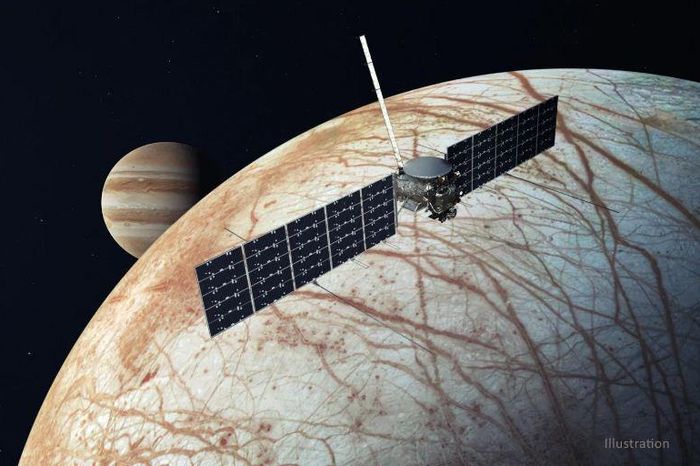 NASA announced its plan to search for extraterrestrial life
NASA announced its plan to search for extraterrestrial life Leaving the solar system, the NASA ship sent back a confusing message
Leaving the solar system, the NASA ship sent back a confusing message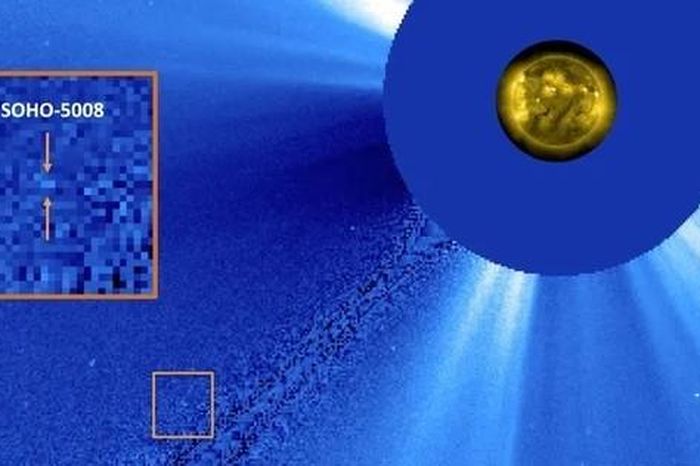 Detection of a rare comet appearing during a total solar eclipse
Detection of a rare comet appearing during a total solar eclipse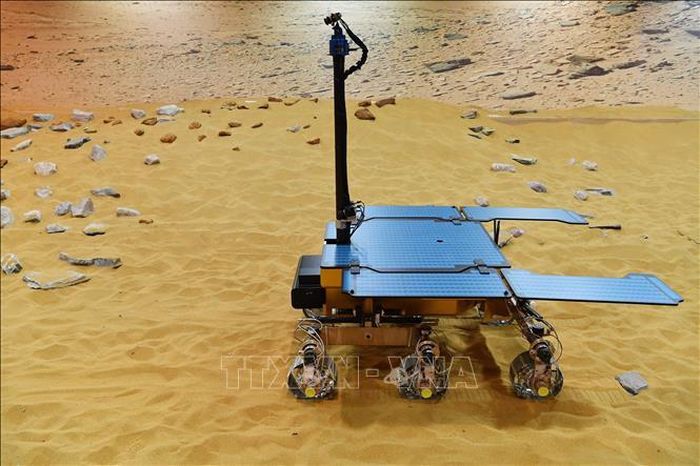 The Rosalind probe will be launched to Mars in 2028
The Rosalind probe will be launched to Mars in 2028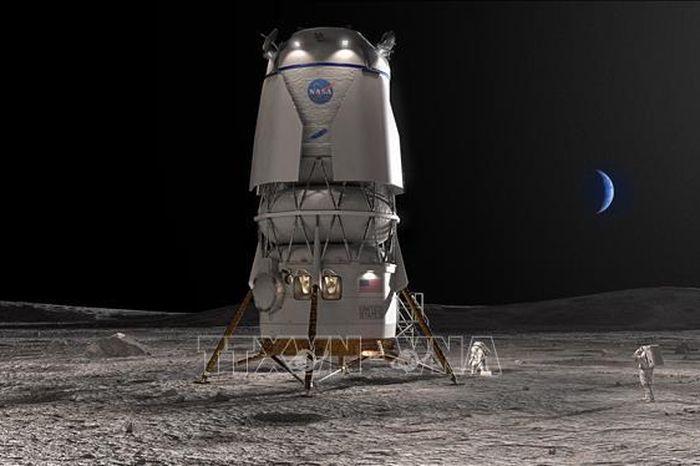 The US reaffirmed its intention to send the first Japanese astronaut to the Moon
The US reaffirmed its intention to send the first Japanese astronaut to the Moon